Russian officials say their forces have taken out another Challenger 2 tank delivered to Ukraine by Britain with a single Kornet guided missile.
"The hunt for British tanks has begun. They will burn like other Western-aided weapons to Ukraine," Vladimir Rogov, a Russian-appointed official in Zaporizhzhia province, said on September 10, announcing that another Challenger 2 had been put out of action in Zaporizhzhia province.
Mr. Rogov said the Challenger 2 was shot down by soldiers of the 104th Regiment of the 76th Guards Airborne Division with a Kornet anti-tank missile, but did not disclose the specific circumstances of the battle. No images of the incident have been released.
The Russian Defense Ministry and the Ukrainian military have not commented on the information.
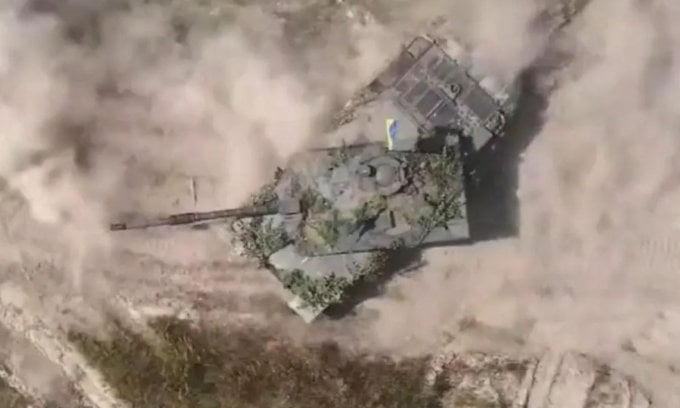
Ukrainian Challenger 2 tank in image released in early September. Photo: Ukrainian Ministry of Defense
Ukraine’s first Challenger 2 tank was shot down near the village of Rabotino on September 6, marking the first time the tank model has been completely destroyed by an enemy since it was introduced into British service 25 years ago. Western experts believe it may have been hit by a mine or Russian artillery shell, losing its mobility and being hit by a follow-up hit.
The UK has provided Ukraine with a total of 14 Challenger 2 tanks. Western experts believe that the Challenger 2 has many advantages over most of the main battle tanks currently deployed by Russia on the battlefield, and can help Ukraine deliver powerful "steel punches" against enemy armored forces.
Soldiers of the Ukrainian 82nd Air Assault Brigade said that the Challenger 2 acted as a mobile firepower nest, utilizing its modern sighting and fire control systems to bombard Russian positions from a distance of more than 3 km. This allowed the Challenger 2 crew to hide in fortifications and attack from the rear, avoiding direct contact with enemy guided missiles and suicide drones.
However, according to US military expert David Axe, the Challenger 2 tank is vulnerable when it has to leave its hiding position to move to a new battlefield, a time when Russian forces can detect it and launch an attack, especially with Kornet anti-tank guided missiles (ATGM).
Introduced in 1994, the Kornet anti-tank missile was designed to destroy all modern Western tanks such as Leopard 2 and M1 Abrams thanks to its dual warhead. The designer placed two armor-piercing shaped charge (HEAT) charges separately, instead of stacking them on top of each other like Western ATGMs.
The Kornet warhead design increases the length of the armor-piercing converging beam, allowing the main warhead to be activated from a greater distance, protecting it from damage caused by the explosion from the primary warhead in front. The Kornet missile is capable of penetrating armor equivalent to 1,000-1,300 mm of rolled homogeneous armor (RHA) after destroying the enemy's explosive reactive armor.
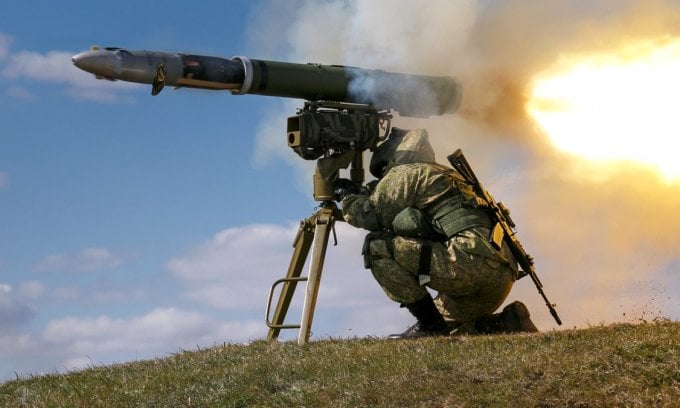
Russian soldiers training with Kornet missiles in 2017. Photo: Russian Ministry of Defense
The Kornet system was exported by Russia to nearly 30 countries and first entered combat in 2003, appearing in many conflicts in the Middle East and North Africa, destroying many modern Western tanks.
A highlight of the Kornet is the thermal imaging sight with a magnification of 12-20 times, larger than the 12 times on the same type of sight on the US-made FGM-148 Javelin missile. The ITAS thermal imaging sight on the US TOW complex has a magnification of 24 times, but is much heavier than the Kornet's aiming system.
Vu Anh (According to RIA Novosti, Forbes )
Source link





![[Photo] Prime Minister Pham Minh Chinh and United Nations Secretary-General Antonio Guterres attend the Press Conference of the Hanoi Convention Signing Ceremony](https://vphoto.vietnam.vn/thumb/1200x675/vietnam/resource/IMAGE/2025/10/25/1761391413866_conguoctt-jpg.webp)
![[Photo] National Assembly Chairman Tran Thanh Man receives United Nations Secretary-General Antonio Guterres](https://vphoto.vietnam.vn/thumb/1200x675/vietnam/resource/IMAGE/2025/10/25/1761390815792_ctqh-jpg.webp)
![[Photo] Prime Minister Pham Minh Chinh receives United Nations Secretary-General Antonio Guterres](https://vphoto.vietnam.vn/thumb/1200x675/vietnam/resource/IMAGE/2025/10/25/1761390212729_dsc-1484-jpg.webp)
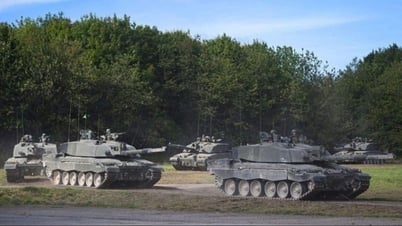

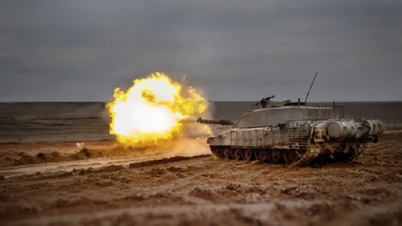

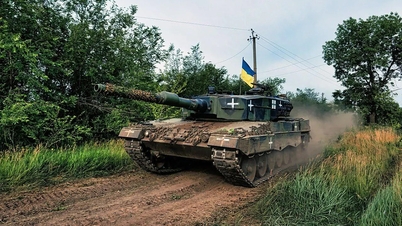
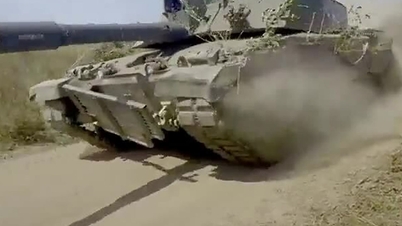

















![[Photo] General Secretary To Lam meets with General Secretary and President of Laos Thongloun Sisoulith](https://vphoto.vietnam.vn/thumb/1200x675/vietnam/resource/IMAGE/2025/10/25/1761380913135_a1-bnd-4751-1374-7632-jpg.webp)
























































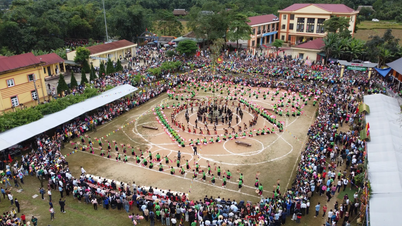

























Comment (0)